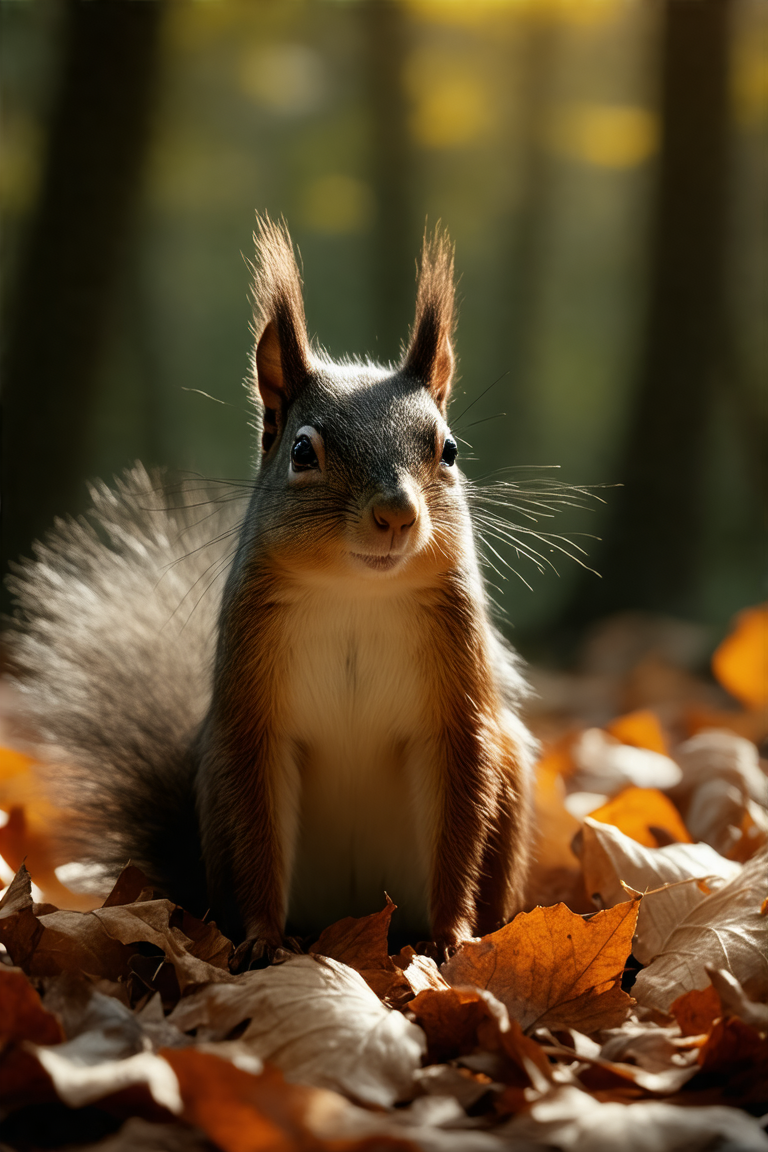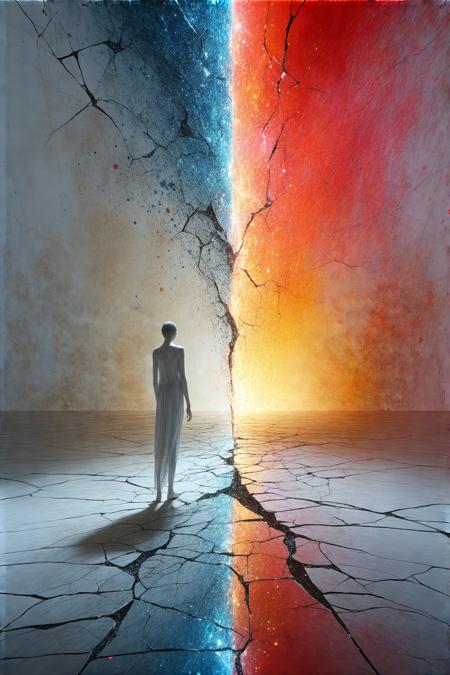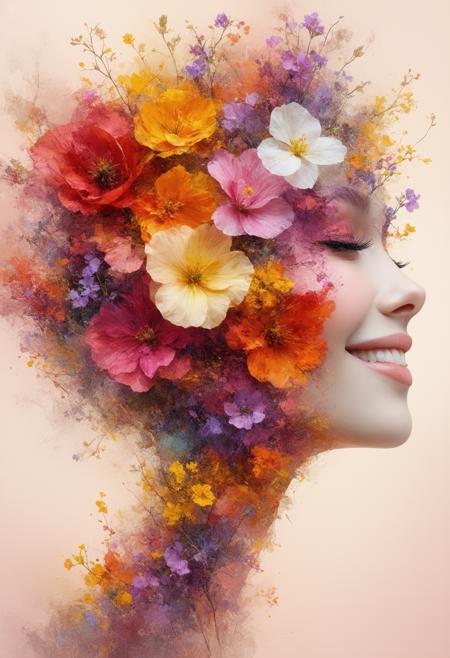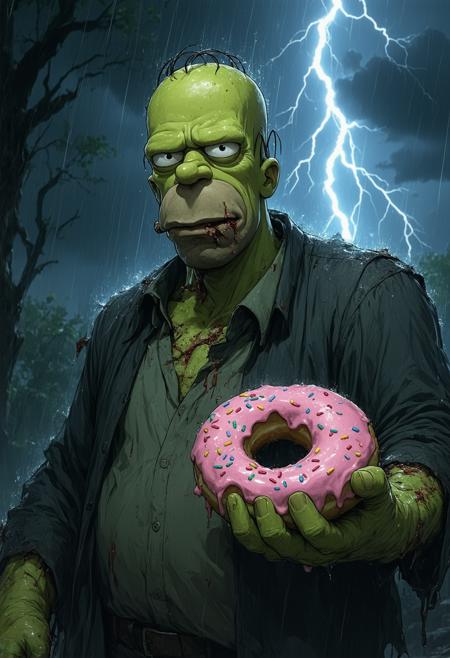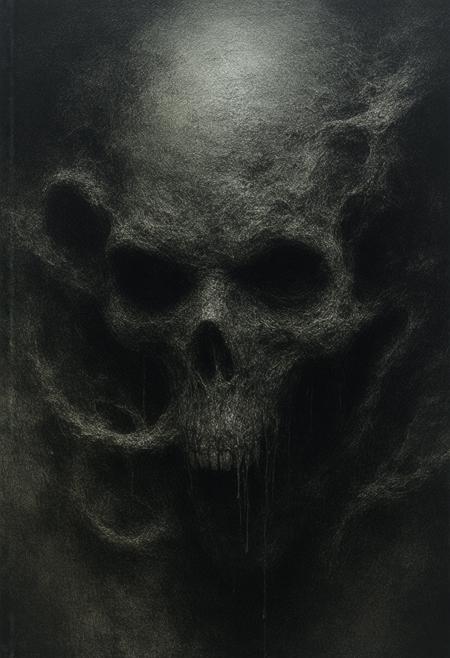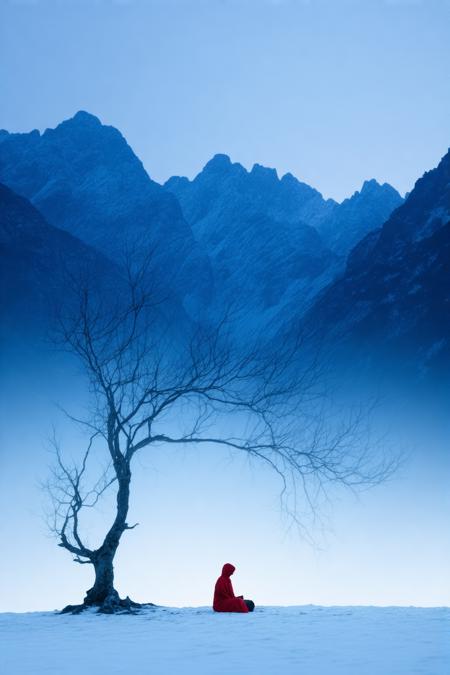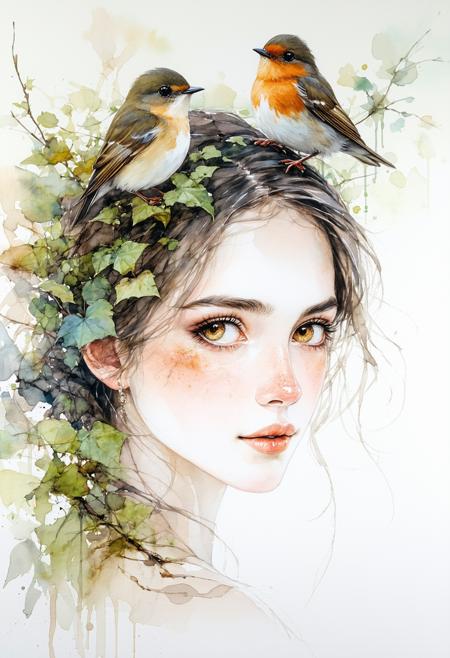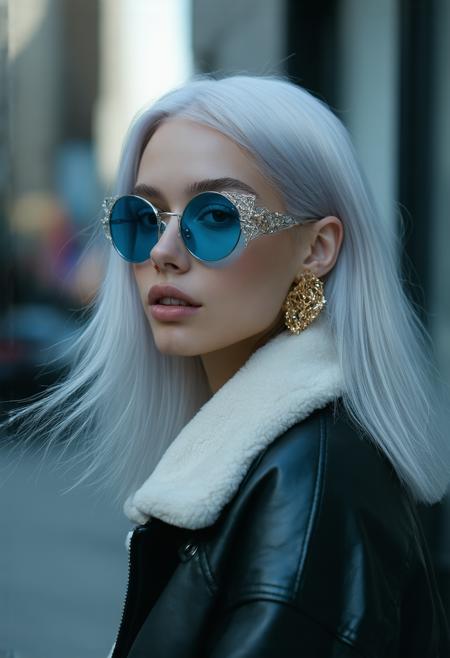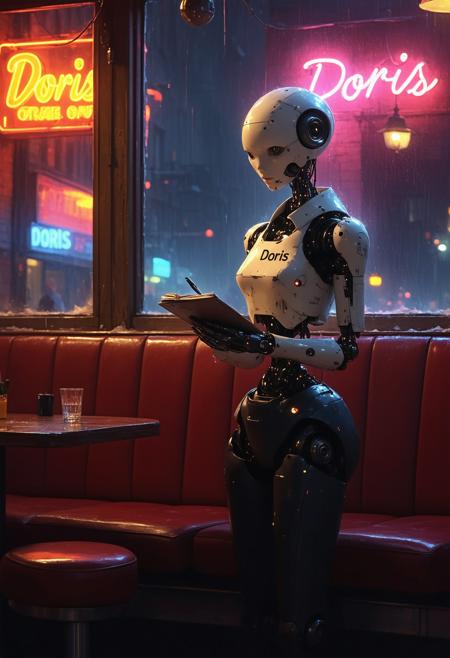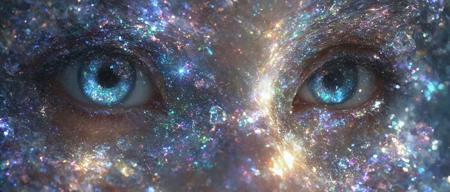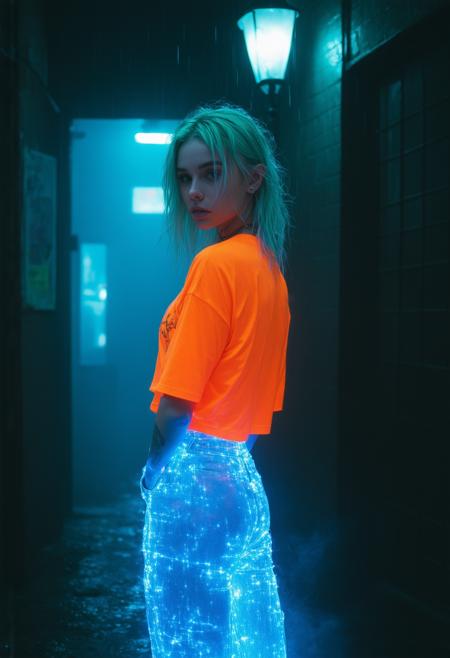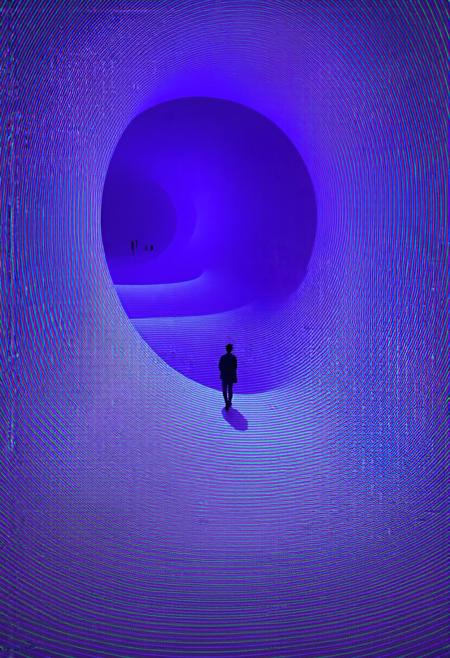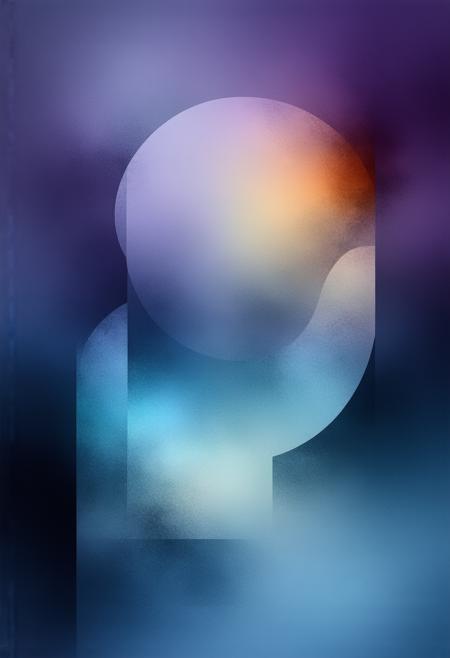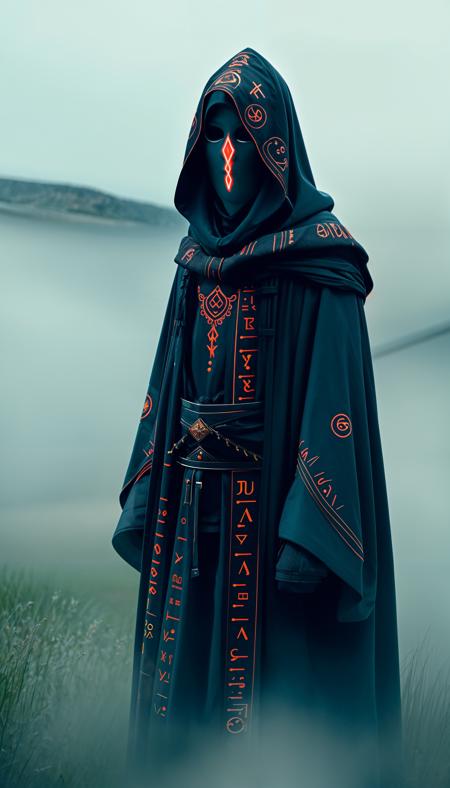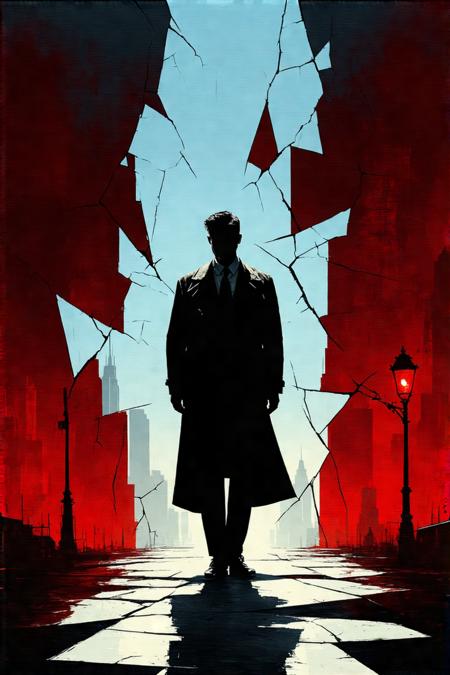Medium shot of a mysterious, cute squirrel- human hybrid woman. Head tilted forward, she looks up alluringly under her eyelids with a knowing smile. Set in an autumnal forest clearing bathed in soft, dappled sunlight. Art Nouveau illustration style by Alphonse Mucha. Warm earthy tones and golds dominate, highlighting smooth skin against subtle furry textures. Enchanting mood arises from the contrast between soft light and sharp gaze. Textured fallen leaves rest in the soft- focus foreground, adding depth
0
4
Safe
Private
